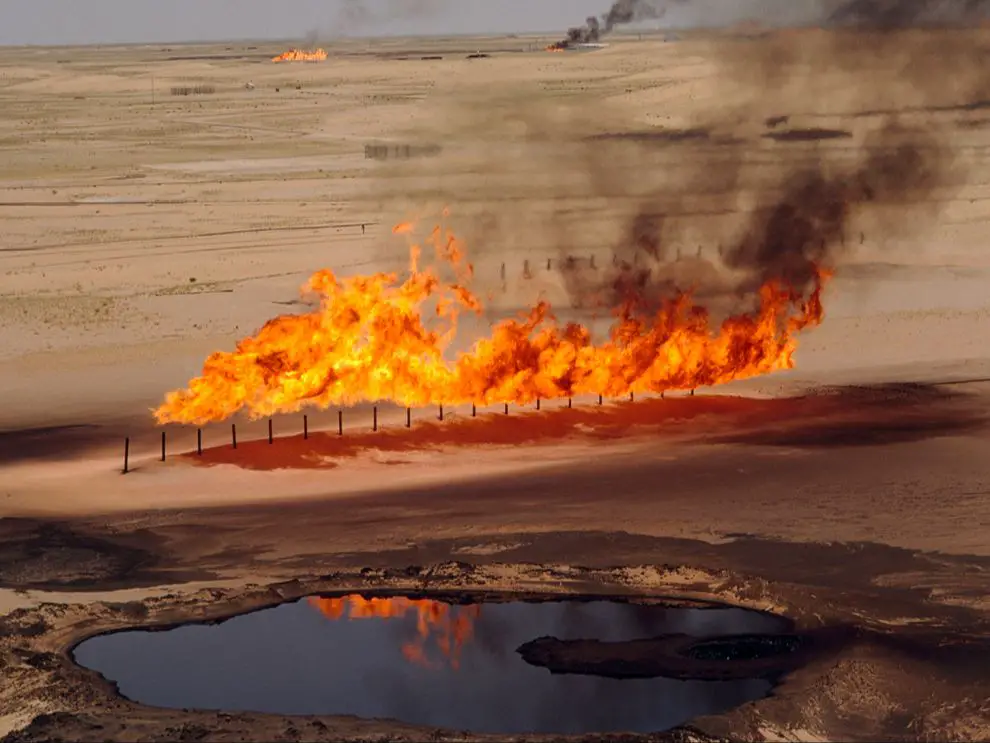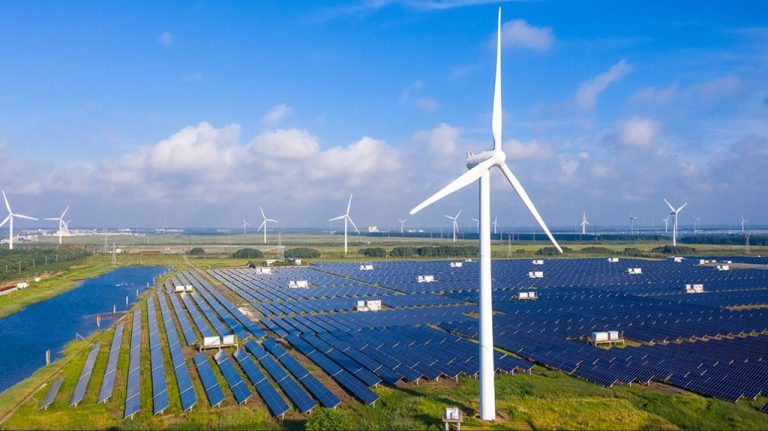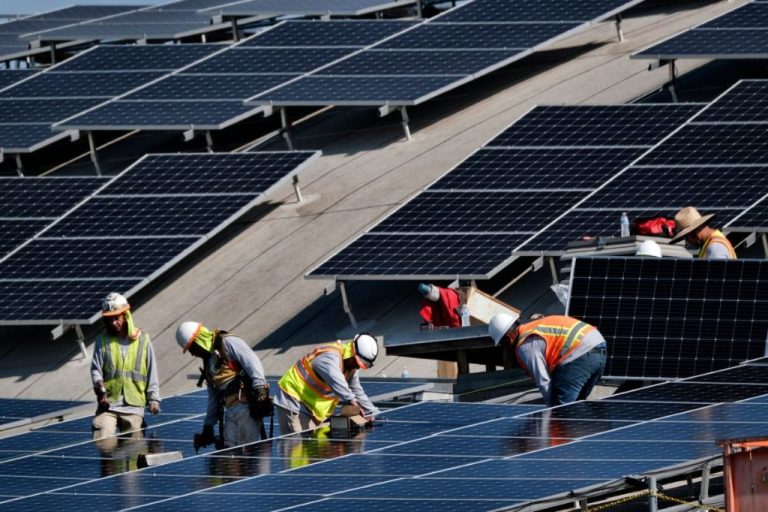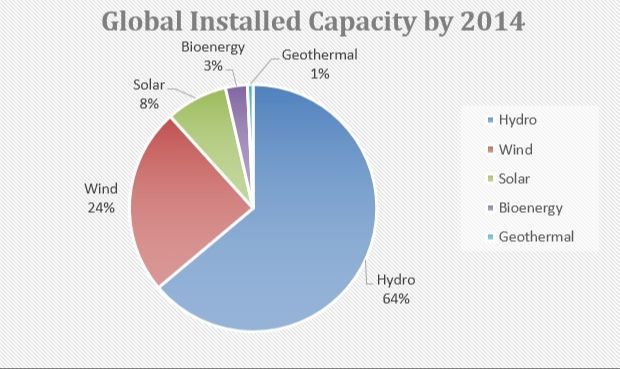Environmental Impacts Of Non Renewable Energy

Non-renewable energy comes from sources that will eventually dwindle and become too expensive or environmentally damaging to retrieve. The most significant sources are fossil fuels like coal, petroleum and natural gas. Nuclear power is also considered non-renewable. These sources provide a majority of the world’s energy needs, though renewable sources are growing. According to the U.S. Energy Information Administration, in 2019 about 80% of US energy consumption was from nonrenewable sources like petroleum, natural gas, and coal (https://www.eia.gov/energyexplained/us-energy-facts/).
While non-renewable energy is still dominant, there are environmental concerns. Burning fossil fuels releases greenhouse gases, and nuclear power creates dangerous radioactive waste. As supplies shrink, alternatives become essential. Most experts think a mixed strategy involving conservation, improved efficiency, and suitable renewables like solar and wind can replace non-renewables (https://www.nationalgeographic.org/encyclopedia/non-renewable-energy/).
Fossil Fuels
Fossil fuels like coal, oil, and natural gas have major environmental impacts due to how they are extracted and burned. Extraction techniques like mountaintop removal mining have caused extensive habitat destruction and contaminated water sources (https://www.nrdc.org/stories/fossil-fuels-dirty-facts). Burning fossil fuels produces large amounts of carbon dioxide, sulfur dioxide, particulate matter, and other pollutants that contribute to climate change, respiratory illness, heart disease, and other health problems (https://www.eesi.org/papers/view/fact-sheet-climate-environmental-and-health-impacts-of-fossil-fuels-2021). Coal burning emits the most CO2 per unit of energy, followed by oil and natural gas. However, natural gas leakage during extraction may offset its lower emissions. Reducing fossil fuel dependence is crucial to mitigate environmental degradation and climate change.
Nuclear Energy
Nuclear energy comes from the splitting of uranium atoms in a process called nuclear fission. Uranium is mined from the earth’s crust, and like other mining operations, uranium mining creates environmental and human health hazards. According to the U.S. Energy Information Administration, uranium mill tailings have radioactive contaminants and toxic chemicals that can pollute the environment. Proper disposal of uranium tailings is important to limit contamination.
After uranium fuel is used in the nuclear reactor, the spent fuel is radioactive and poses risks. Storing nuclear waste is problematic because it remains radioactive for thousands of years. A leak during storage could expose people and wildlife to radiation. The Natural Resources Defense Council notes that the most pressing environmental risk with in-situ leaching uranium mining is the contamination of groundwater. Restoring natural groundwater conditions after mining is difficult.
Nuclear power generation involves radiation risks. Exposure to radiation can cause health effects ranging from minor to fatal, depending on the dose. The Harvard School of Public Health points out that nuclear power generation produces radioactive fission product gases and dust that must be contained to protect human health and prevent environmental contamination.
Air Pollution
The predominant source of air pollution from non-renewable energy is power plant emissions. Burning fossil fuels like coal and natural gas releases sulfur dioxide, nitrogen oxides, mercury, dioxins, particulates, and other substances that contribute to smog, acid rain, and health issues (Source). These emissions cause haze and reduced visibility, as well as respiratory illnesses.
Sulfur dioxide and nitrogen oxides react with water and oxygen in the atmosphere to produce acidic precipitation. This acid rain makes lakes, rivers and streams acidic, damaging plant and animal life. Emissions also contribute to the formation of ground-level ozone, a key component of smog which can trigger asthma attacks. Fine particulates in the air from power plants are linked to increased hospital admissions and emergency room visits for heart and lung disease.
Water Pollution
Mining and extracting fossil fuels like coal, oil, and natural gas can pollute waterways. Both surface mining and underground mining contaminate nearby rivers, lakes, and groundwater with toxic heavy metals and acids (1). Surface mining exposes sulfide-bearing rock to air and water, causing the release of heavy metals and acid mine drainage. Underground mining also releases toxic metals and acidic drainage from mining waste piles on the surface. Acid mine drainage degrades water quality and negatively impacts aquatic life (1).
The hydraulic fracturing or “fracking” process to extract natural gas from shale rock formations contaminates groundwater when fracking fluids leak into aquifers. These fluids contain toxic chemicals and radioactive substances. One study found water contamination from fracking operations near Pavilion, Wyoming. The contaminated groundwater had high levels of benzene, xylenes, gasoline range organics, diesel range organics, and hydrocarbons (2).
Processing and disposing of mining waste like tailings and slag heaps can also pollute rivers, lakes, and oceans. Runoff from waste rock piles and tailings dams have contaminated waterways across the globe, severely damaging local environments.
Land Degradation
The extraction and processing of non-renewable resources like coal, oil and gas can cause major land degradation and destruction. Mining activities in particular can decimate large areas of land. Surface mining techniques like mountaintop removal can completely obliterate mountains, forests and habitats in order to reach coal deposits. This results in massive deforestation and the complete loss of biodiversity.
Oil extraction also takes a major toll on the environment. Oil spills whether on land or in the ocean can contaminate soil and kill vegetation and wildlife. The cleaning process attempts to remove the oil but ecosystem recovery can take years. One of the most devastating oil spills occurred in the Gulf of Mexico in 2010 when the Deepwater Horizon offshore drilling rig exploded and gushed oil uncontrollably for months. Approximately 210 million gallons of oil spilled into the gulf in what is considered the largest marine oil spill in history (https://greentumble.com/harmful-effects-of-non-renewable-resources-on-the-environment).
The storage of waste from non-renewable energy production also takes up large areas of land and risks contaminating soil and water supplies if not properly contained. Coal ash, a byproduct of coal burning, is often stored in impoundments that can leak toxins into groundwater (https://www.nationalgeographic.org/encyclopedia/non-renewable-energy/). Nuclear waste disposal also poses contamination risks if storage facilities are not adequately maintained.
Waste Disposal
The extraction and use of non-renewable energy sources like coal, oil, and uranium create significant amounts of hazardous waste that must be properly disposed of. Mining for coal and uranium produces toxic tailings that contain heavy metals like arsenic, lead, and mercury. These tailings are usually stored near mines in large impoundments that risk leaking and contaminating groundwater and rivers (source).
Nuclear power generation also produces dangerous radioactive waste that remains hazardous for thousands of years. Currently, most nuclear waste is stored on-site at power plants in pools or dry casks, which is intended to be a temporary solution. No country has yet implemented a permanent underground repository for nuclear waste, leading to concerns about indefinite storage and safety (source). Proper disposal of the toxic and radioactive waste from non-renewable energy is a major environmental challenge.
Climate Change
The burning of fossil fuels like coal, oil and gas emits greenhouse gases like carbon dioxide and methane into the atmosphere. According to the Intergovernmental Panel on Climate Change (IPCC), emissions from fossil fuels are the dominant cause of global warming. In 2018, fossil fuel emissions accounted for 89% of total CO2 emissions and methane emissions from fossil fuels made up about 20% of total greenhouse gas emissions [1].
These greenhouse gas emissions lead to global warming and climate change. The planet’s average surface temperature has risen about 1.18 degrees Celsius since the late 19th century. Most of this warming has occurred in the last 40 years [2]. The impacts of climate change include sea level rise, shrinking glaciers, changes in precipitation patterns, and more extreme weather events.
Rising greenhouse gases cause the oceans to absorb more heat and expand in volume. This thermal expansion has contributed to global sea level rise. Melting glaciers and ice sheets also add more water to the oceans, further increasing sea levels. Scientists project that global sea levels could rise between 0.3 and 2.5 meters by 2100 [2]. Coastal areas and island nations are especially vulnerable to the flooding and erosion impacts of sea level rise.
Solutions
There are several solutions that can help reduce the environmental impact of non-renewable energy sources. The most effective solution is to transition from fossil fuels to renewable energy sources like solar, wind, hydroelectric, and geothermal power. According to the EPA, “Clean energy generally means energy generated using renewable energy sources that emit no or negligible air emissions—solar and wind energy are two common examples” (https://www.epa.gov/energy/reduce-environmental-impact-your-energy-use). Renewable energy has a much lower environmental impact than burning fossil fuels.
Another solution is implementing carbon capture and storage technologies that prevent CO2 emissions from being released into the atmosphere. This involves capturing CO2 from power plant smokestacks or directly from the air and storing it underground. While not as ideal as transitioning to renewable energy, carbon capture can reduce emissions from existing fossil fuel infrastructure as the transition occurs.
Stricter environmental regulations can also compel energy producers to reduce their environmental impact. Setting limits on allowable emissions, requiring certain technologies, pricing carbon, and funding renewable energy development are examples of policy solutions. According to an article, “Companies can contribute to a more sustainable and resilient future by switching to renewable energy sources such as solar, wind, hydro, or geothermal power” (https://www.linkedin.com/advice/0/what-some-effective-ways-companies-eq7sc). Regulations create incentives for this transition.
Conclusion
In summary, while non-renewable energy sources like fossil fuels and nuclear energy have provided abundant energy to fuel modernization and development, their environmental impacts have also been severe. Burning fossil fuels releases pollutants into the air that damage human health and the environment. Extraction and transportation of fossil fuels can degrade land and pollute water sources. Nuclear accidents, though rare, can be catastrophic, and nuclear waste disposal remains an unsolved challenge.
Climate change caused by greenhouse gas emissions from fossil fuels is an existential threat to humanity. But renewable energy solutions like solar, wind and geothermal are rapidly expanding as costs fall. With the right policies and investments, clean energy can replace fossil fuels and build a sustainable future. But action is urgent. Governments, businesses and individuals all have a role to play in accelerating the transition through regulations, incentives, innovation and changes in lifestyle.
The environmental harm caused by non-renewables is well-documented. We have the technology for a clean energy economy. Now we need the willpower to make it happen.






